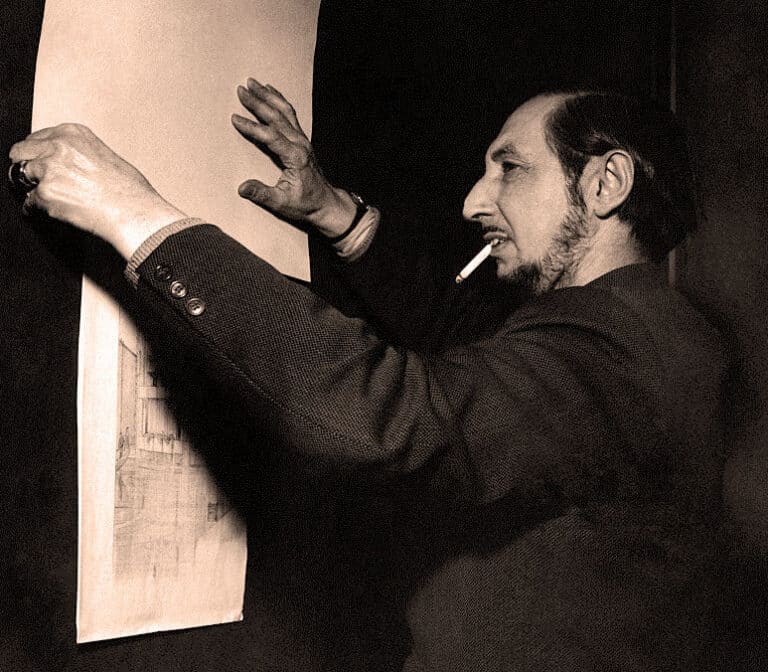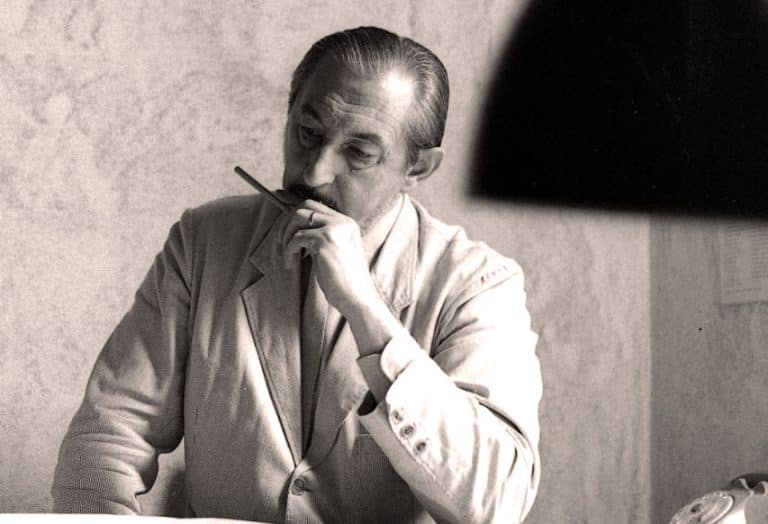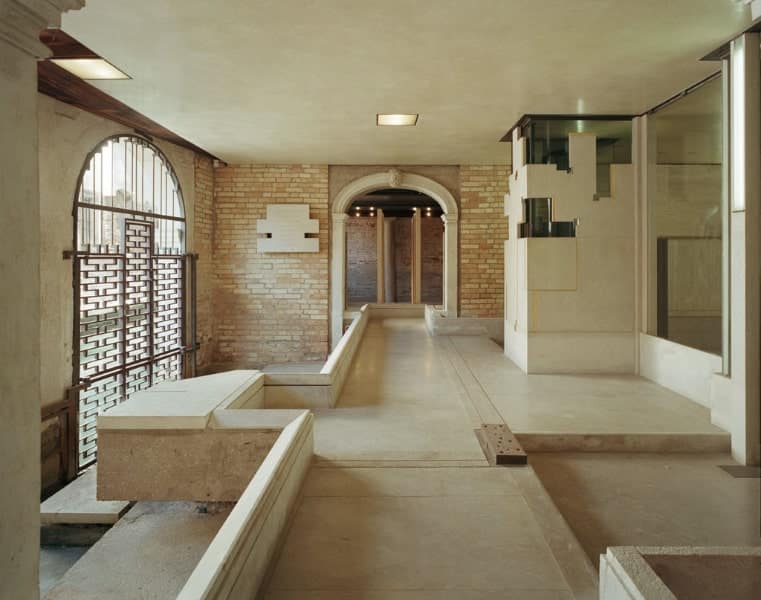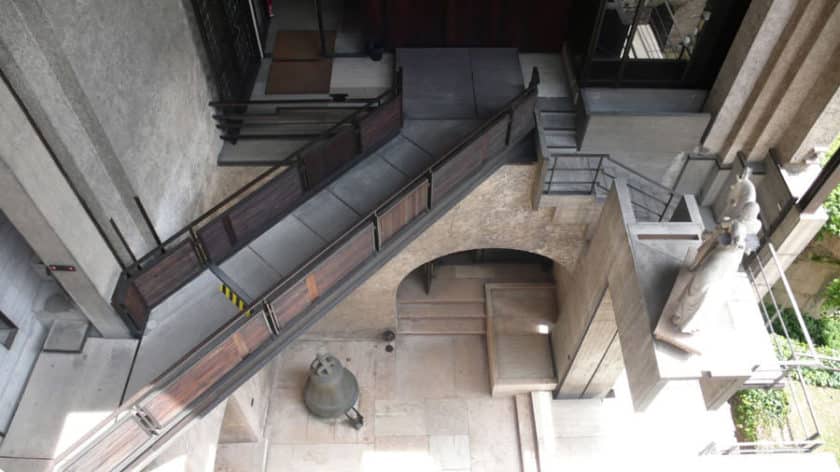Carlo Scarpa: the life, works and legacy of the Italian architect
Carlo Scarpa (June 2, 1906 – November 28, 1978) was one of the most important architects and designers of the 20th century. Born in Venice, Scarpa studied at the city’s Academy of Fine Arts and collaborated with some Murano glassmakers, starting his professional career.
Throughout his life, he has received numerous awards for his work, including the Olivetti prize, the IN/ARCH prize, the Gold Medal for Meritorious Culture and Art, the Prize of the Presidency of the Republic for
architecture, and appointments as a member of the Honorary Royal Designers for Industry, of the Olympic Academy of Vicenza and of the National Academy of San Luca.
In this article, we will explore the life, work and legacy of Carlo Scarpa, analyzing how his architecture has been influenced by his artistic training and personal experiences.

The life and education of Carlo Scarpa
Carlo Scarpa was born in Venice on June 2, 1906. He began studying at the Venice Academy of Fine Arts in 1922, where he acquired a solid artistic education that would influence his architecture throughout his life. In 1926, he left the Academy to work as an assistant to one of Murano’s leading glassmakers, Luigi Mandruzzato. This experience had a significant impact on his career, as he learned to work with materials such as glass, which he would use in his future architectural works.
In 1934, Carlo Scarpa began his academic career as a lecturer at the IUAV University of Venice, where he taught architecture until the end of the 1960s. During his academic career, he developed his own approach to architectural design, based on the idea that the construction of a building should be a collaborative process between architect, craftsman and client. This approach has had a significant impact on his architecture, as he has sought to integrate craftsmanship and technology into his design, creating buildings that are unique and personalized for their users.

Works by Carlo Scarpa
Carlo Scarpa is known for his ability to blend Italian tradition with modern techniques and his attention to detail. His works show a great respect for Italian history and culture, but at the same time they are innovative and avant-garde.
Among the most famous works of Carlo Scarpa we can mention:
- The Querini Stampalia Foundation in Venice: Scarpa worked on the renovation of the foundation between 1961 and 1963, creating a unique atmosphere that blends the old and the new.
- The Castelvecchio Museum in Verona: Scarpa worked on the renovation of the museum between 1959 and 1973, transforming it into a work of art in itself.
- The Ca’ Foscari in Venice: Scarpa worked on the renovation of the Ca’ Foscari between 1956 and 1957, creating a modern and functional environment that respects the history of the building.


Style of Carlo Scarpa
Carlo Scarpa’s style is one of the most recognizable and appreciated in the history of architecture and design. Scarpa has experimented and developed a personal style through his projects, based on the fusion of different materials and attention to detail, with the aim of creating spaces that have a strong visual and emotional presence.
Carlo Scarpa’s style is based on a combination of elements, including attention to detail, experimentation with materials and the ability to blend tradition and innovation.
One of the most distinctive aspects of his style is the attention to architectural details, which are used as a generating element of the spatial quality of the entire project. Scarpa worked with maniacal precision on every detail, from materials to light, to create unique spaces full of personality.
Another distinctive feature of Scarpa’s style is the use of different materials, such as stone, concrete and steel, which are combined together to create unique visual and tactile effects. Furthermore, Scarpa often used salvaged and recycled materials, such as fragments of marble and glass, to create architectural details of great impact.




